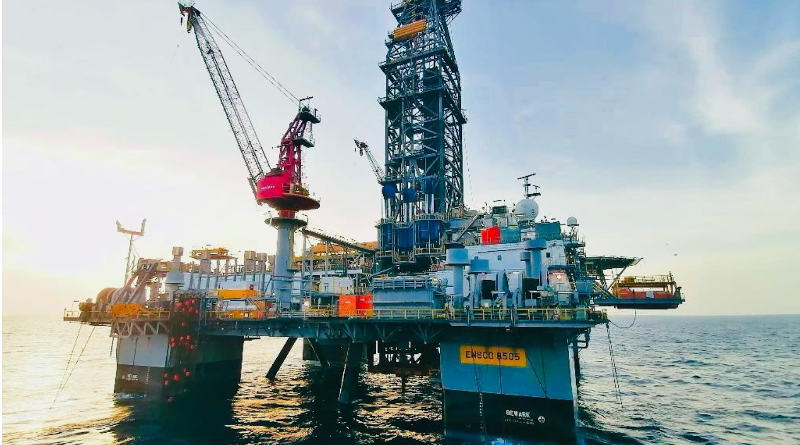
West Texas Intermediate (WTI) and Brent crude futures were volatile during the holiday-shortened trading week amid plans to impose a price cap on Russian oil. The policy is poised to go into effect on Dec. 5 when the European Union establishes a boycott on nearly all of Moscow’s petroleum products. Officials are still debating the level, with the proposal in the range of $65 to $70. But while Western governments are championing the idea, will this exacerbate the global energy crisis? The next six months should be fascinating to monitor the international oil and gas markets.
Russian Oil Price Cap: A Primer
This past summer, Treasury Secretary Janet Yellen and her G7 counterparts suggested that one of the best prescriptions available to limit Russia’s revenues and ensure the Eastern European country’s oil traveled through the worldwide marketplace was to institute a ceiling on Russian oil prices. This, they contended, would punish President Vladimir Putin and prevent a significant spike in the price of a barrel of Texas Tea. More details are expected when EU members reconvene next week to discuss the specifics of the initiative.
According to Western leaders, two things would arise. First, insurance companies and energy transportation firms – most of them are situated in the Eurozone and the UK – would only be permitted to ship Russian oil if the price is at or below the cap. Second, the Kremlin would continue selling its products, limiting its earnings potential. Today, Russian oil is trading at about $63 a barrel, and it is estimated that Putin needs prices in the territory of $60 and $70 a barrel to balance the government’s budget.
Like every public policy decision, this might be a sound strategy in theory. But, unfortunately, as history has routinely confirmed, there are always unintended consequences emanating from the dangerous minds of politicians.
The Economics of a Price Cap
The first hurdle for Washington and Brussels to overcome is Russia’s profit margins. The nation’s production cost to produce a barrel of crude is approximately $20. Despite domestic concerns about fiscal matters, a $65 price would still generate handsome profits for Putin’s war chest. It would take some changes in state spending, but it might not devastate the nation’s budget. Considering that Indian refiners are paying a discount of as high as $35 for Russia’s Urals, which is much lower than what Europe is thinking about, Moscow is doing just fine. Foreign exchange reserves rose in October to $547 billion.
Another challenge that should be considered is supply. Putin has already confirmed that he will not do business with any nation that adopts Europe’s price cap. While it is doubtful that India and China would go along with the US and EU, Moscow might choose to build its reserves and remove supply from global markets. At a time when the worldwide energy industry is in a fragile state and would suffer tremendously from a supply shock, this decision would raise prices. That said, Beijing and New Delhi enjoy sharp Russian oil discounts. Therefore, it is doubtful that they would want to disrupt their relationship with Russia, particularly as these countries contend with their own energy fiascos.
Lastly, Phill Flynn, an energy strategy and author of “The Energy Report,” recently said it best: “The problem with price caps is they never work.” He is correct. It is best to leave it up to markets to determine prices since they send signals to producers and consumers. Moreover, as what occurred in the 1970s and 1980s, price controls will only exacerbate the energy crisis.
The Politics
But while market experts are warning about the consequences of these efforts, the US and Europe are desperate for lower prices. Both markets are witnessing dwindling diesel stocks, as America only possesses fewer than four weeks worth of supply, and EU inventories are sliding. Winter is coming, and millions of households and a broad array of industries depend heavily on distillates. Meanwhile, President Joe Biden and his administration want to begin refilling the bare Strategic Petroleum Reserve (SPR) at a price at or below $70 a barrel.
US crude oil prices have erased most of their 2022 gains, falling to around $80 a barrel. Will front-month contracts tumble to the White House’s target soon? For this to happen, Biden will need to pray to the heavens that the US and global economies slide into a recession, so that demand destruction takes place. That, or he can cave to the demands of authoritarian governments and dictators so they can flood the market with cheap oil. Of course, the easier solution would be to “drill, baby, drill” at home, but the green utopians would never allow the Democrats to chant this in the nation’s capital.
